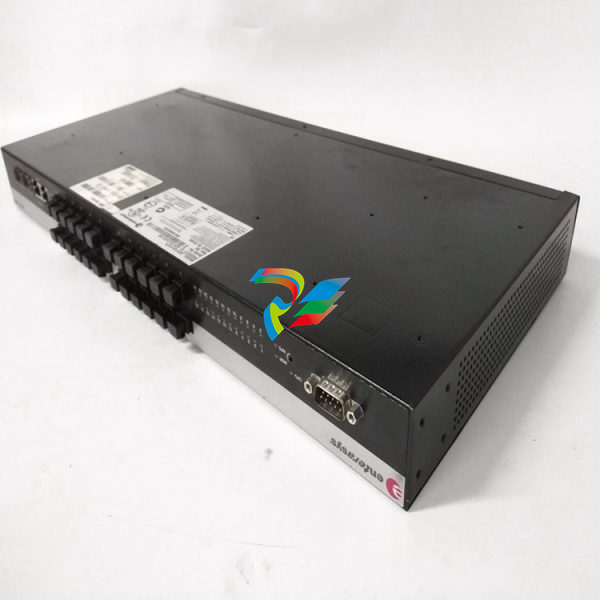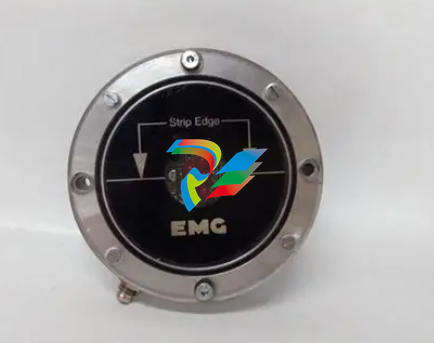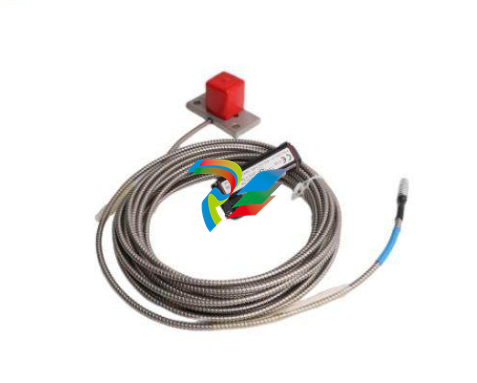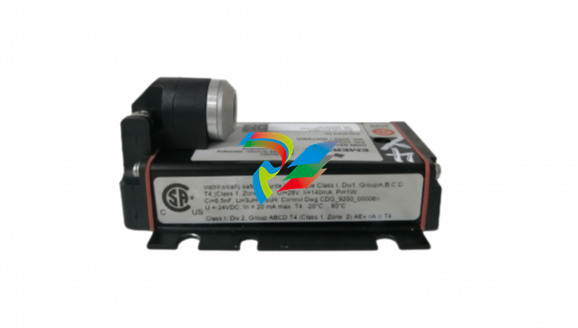
ABBIndustrial Networks Connecting Controllers via OPC
OPC Unified Architecture (OPC UA) and is independent of COM, thus being able
to run on more operating systems as well as embedded devices [5].
2.2.1 OPC Data Access
OPC DA is organized in the hierarchical structure server, group and item. Items
correspond to variables and can be read and written. Furthermore, a quality and
time stamp is provided with each of them. When reading items, the value usually
comes from the OPC server’s cache, which is updated periodically with the values
of the device (or bus, component). However, it is usually possible to force a read
directly from the device. Clients organize their items in groups, which for example
share the same access method and update rate. Each OPC server has an unique
name, some vendors even offer the operation of multiple servers for the same device.
OPC DA provides different methods to access items, first of all synchronous and
asynchronous read and write operations. More important to us, there is also a
subscription mechanism, which is commonly used by modern clients in order to
reduce communication. That is, the client group subscribes to the server which
then “pushes” values towards the client only if they changed respectively exceed a
pre-defined dead-band. The client can force an update of all these values by issuing
a refresh call, which corresponds to an asynchronous read for all items of a group
[6].
2.3 Programmable Logic Controllers
This section informs about the two controllers involved and about the controller
that has to be replaced. Please notice that we use the term controller equivalent
to programmable logic controller (PLC) throughout our Master’s Thesis.
2.3.1 Advant Controller 160 (AC160)
The AC160 series was launched in 1997 to meet high speed requirements in turbine
control. To this day its outstanding performance is needed for fast closed loop
control (CLC). For our work, we were provided with a rack RF616 for the physical
mounting of the controller parts. The rack also delivers power to each device
and includes the BIOB Backplane Input/Output Bus which, among other tasks,
processes the communication between the processor module and the communication
interface. The tests in this Master’s Thesis were done with processor modules
of the type PM665 (containing a Motorola MPC8240 processor) and the AF100
communication interface CI631, both supporting redundancy [7]. To program the
processor module, its built-in EIA-232 interface was connected to the engineering
PC.

2.3.2 Advant Controller 450 (AC450)
AC450 is the controller to be replaced by the new generation. Its processor module
is built up around a Motorola 68040 microprocessor running at 25 MHz [8]. While its
performance is quite limited, AC450 also lacks of modern communication interfaces
and standards like Ethernet, which become more and more important.
2.3.3 Control IT AC800M
Control IT AC800M is the most current controller series used within all of ABB,
introduced in 2001 [9]. It strikes with its small outline and offers modern communication interfaces. For our tests we were provided with a processor module
PM864A which contains a Motorola MPC862 microprocessor running at 96 MHz
[10]. In addition to two EIA-232 interfaces, the processor module of AC800M offers
two built-in 10 Mbit/s standard Ethernet ports, used for instance to connect to the
engineering computer.
The communication interface CI854A is a sophisticated device to establish
PROFIBUS communication. The device even offers an own web interface which
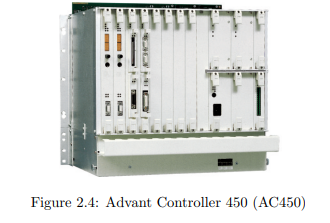
allows e.g. the surveillance of the cycle time. The device is directly coupled to
the processor module via the Communication Extension Bus (CEX) [11]. At this
point of time, CI854A can only act as a PROFIBUS master, but not as slave. As
a consequence, communication partners must be slaves.
2.4 Bus and Network Communication
This section describes the different communication approaches used in our system.
2.4.1 Advant Fieldbus 100 (AF100)
AF100 is a high performance fieldbus system with time synchronization and the
most popular fieldbus used within ABB, common to almost all platforms. Although
the name Advant Fieldbus 100 is ABB proprietary, it complies to IEC standard
61375-3 as well as US-standard IEEE 1473 and is widely used in railways under
the name of MVB. AF100 works over twisted pair, coaxial and optical media at
a rate of 1.5 Mbit/s. For our system we made use of the first method only. Bus
master responsibility is shared by all communication interfaces with administrator
capabilities, that is, a bus master controls all communication for a certain time
interval and then passes on the bus master token. However, in our setup only AC160
were given administrator capabilities, even though the PCI-card would support
them as well.
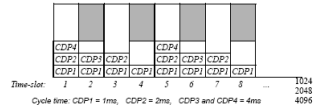
Figure 2.6: AF100 time-slot organization up to 2000 m bus length [12]
AF100 is a planned bus with a pre-determined scan table and thus meets realtime requirements. Process Data Transfer is managed through Cyclic Data Packets
(CDPs). Each CDP is configured individually on the communication interface for
a certain signal identity, cycle time, size and direction. Each broadcasted CDP has
a unique signal identity, whereas receiving CDPs can have the same signal identity,

